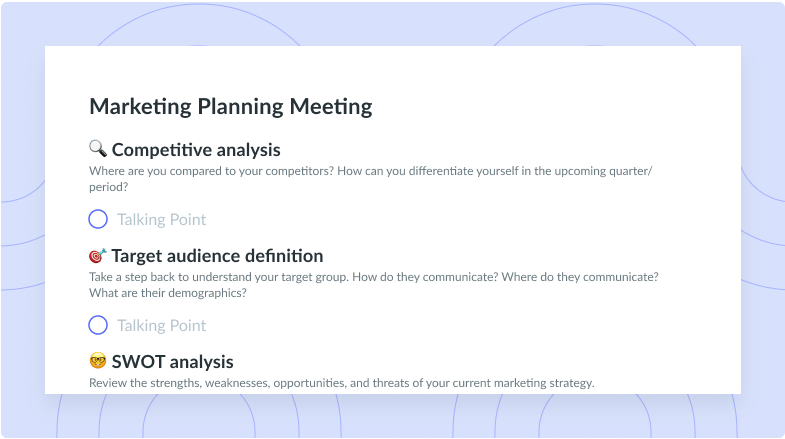Crisis Management: How to Overcome a Business Crisis [+ Free Template]
Learn what crisis management is, how to prepare for emergencies at work, and how to practice effective communication during stressful times.
It’s likely that planning for a workplace disaster isn’t a current action item on your to-do list. As managers, we want nothing more than to see our teams succeed at all times. It’s no wonder we don’t want to think about crisis situations when everything is going well.
What if we told you that choosing to plan for the worst case scenario could actually lessen your stress during workplace setbacks? As a leader, you owe it to your team to have a plan of action outlined for when calamity strikes.
Let’s talk about crisis management and how you can use it to prepare for anything that comes your way.
- What is crisis management?
- Why crisis management is important
- The crisis management process
- 3 steps for effective crisis management
- What to do during a crisis
- Free crisis management meeting agenda template
What is crisis management?
Crisis management refers to the process of managing and preparing for negative and unexpected situations in the workplace. It’s a key concept used by public relations professionals and managers across fields to mitigate further downfall during disruptive situations or business emergencies. The goal of crisis management is to minimize damages before a catastrophe takes place. Using different strategies, leaders can help their organization deal with sudden events that impact employees, customers, stakeholders, and revenue.

Organize your ideas, your way
Create a crisis management plan that brings together everyone’s unique ideas and perspectives to avoid a business crisis with Fellow’s shared streams!

Why crisis management is important
Crisis management ensures you and your team are prepared to respond to any and all unforeseeable events. Having a robust crisis management plan also guarantees your team can remain realistic, resilient, and adaptable at all times. You should aim to manage crises in the same way you manage your team’s day-to-day operations—proactively and with ease.
Let’s take a look at one example where crisis management was used to save an organization, and another where a lack of planning led to the downfall of another company’s reputation:
1Johnson & Johnson
Forty years ago, Johnson & Johnson took immediate action when it was discovered that some bottles of Tylenol capsules in Chicago were laced with a deadly poison and resulted in the death of seven individuals. The company took swift action by embracing media exposure, recalling production of the tampered product, launching an in-depth investigation, and immediately alerting people about the potential dangers of their product. Months later, they developed tamper-free packaging and launched an aggressive rebranding campaign that emphasized the organization’s commitment to safety. Johnson & Johnson’s customer-first approach permitted them to regain the trust of their customers and ultimately, to grow their market share.
2Toyota
Toyota’s rapid growth in the late 1990’s strained their engineering resources and led to a massive recall for millions of vehicles with sticky accelerators. With innocent lives lost, the company’s reputation for providing their customers with safe and reliable vehicles was shattered. The organization was anything but effective in providing a solution and owning up to the problem. Consequently, the brand was severely damaged and it took Toyota many years to regain their market share and loyal customer base.
The crisis management process
1Pre-crisis
Preventing a potential crisis is the first step to creating a good crisis management strategy. Start by outlining a list of potential legal, operational, and public relations problems that could arise and draft a detailed plan for each. While you won’t be able to foresee all issues, having a few listed hypotheticals will get you thinking about your key messages and how you can align them with your company’s values and mission. For example, if your company’s best-selling product has a sudden unforeseen decline in quality and your customers notice, think about what you would do. You shouldn’t catastrophize and cause your team unnecessary stress, but you can be positively proactive.
2Crisis management and response
This step entails dealing with and responding to different stages of crisis. During this stage, you put the plan you outlined in the first step into action. You may use your key messages to respond to and communicate with stakeholders, release statements, and take action to reduce any harm caused by the crisis at this time. The wellbeing and safety of customers, employees, and stakeholders should be the priority (even more than usual) during this time.
3Post-crisis
Once the crisis subsides and the media shines the spotlight away from your company, you need to stay vigilant. Depending on the scale of the issue, you may need to regain your audience’s trust or work to reestablish your brand’s reputation. Remain available to answer questions about the crisis in the future so your customers, employees, and stakeholders know what measures you’re taking to avoid other incidents. Following the crisis and the implementation of your strategy, review the crisis management plan with your team. Analyze what in the plan needs to change and integrate lessons you learned throughout the process into your revised strategy.
3 steps for effective crisis management
- Form a crisis management team
- Create a crisis management plan
- Train employees on what to do during a crisis
1Form a crisis management team
Search for experts with experience in the crisis and risk management fields to hire. If your company doesn’t have the resources to employ a crisis management team, put your team’s best communicators, public relations specialists, and risk management professionals to the test. Create a team that will be ready to act fast and work to protect your organization during any unfortunate circumstance. This group should be able to detect warning signs that signal a potential crisis, work with management to develop a pre-crisis plan, and ensure the reputation of the company stays intact following any issues that arise.
2Create a crisis management plan
Gather all members of the newly developed crisis management team to create a values-based plan that determines how your company will respond to a variety of potential issues. Each part of the plan should detail the exact response needed in different scenarios. The more prepared you are, the less hardship you’ll endure if a crisis ever does emerge. Don’t forget your great ideas because you didn’t write them down! Use Fellow’s Streams to create a plan that brings together unique ideas and perspectives. The plan should be a living document that gets reviewed and updated on a regular basis.
3Train employees on what to do during a crisis
All employees need to be on the same page when a crisis occurs. The messaging should also remain consistent. If your social media manager is posting a message regarding the events or incident that is different from the CEO’s public statement, confusion will arise. Using your crisis management team and plan, train your staff on what their individual roles will be during a predicament. The hypothetical situations don’t need to be specific when you’re training your team. Proactive measures as simple as incorporating a workshop on basic crisis communications or company messaging during your next team meeting are great ways to start the conversation.
What to do during a crisis
1Inform employees
Your team will always know when something is wrong! Hiding the situation will only make it worse. As a manager, you owe it to your team to be frank and open during challenging situations. Use Fellow’s collaborative meeting agenda to keep the conversation on track. Display strong leadership by explaining the situation to your employees, taking ownership when necessary, and talking through how the crisis management team is handling the situation. Take time to answer your team’s questions and empower them to bring further issues to you or other leaders within the organization. Provide training to your employees so they have a thorough understanding of their role in the face of workplace disasters.

2Act fast
Time is of the essence. The better prepared you are, the less time it will take to share your company’s initial response and implement solutions. If you and your team aren’t as prepared for the specific crisis as you’d like to be, don’t panic! Have a quick brainstorming session with other members of the crisis management team and use pre-written key messages to develop relevant language that acknowledges the problem while offering a solution. If you wait too long to implement your plan, members of the public, other employees, and stakeholders will begin to develop their own opinions. By acting fast, your organization will remain in the driver’s seat!
3Follow your crisis management plan
As much as you may wish to stray from the original plan when things become difficult, don’t. It’s typical to question your own judgment during times of high stress. Remind yourself and your team that the crisis management plan you developed is thoughtful and worthy of implementing. The time you spent working with the crisis management team on solutions has prepared you to make critical decisions now. Any sudden changes to the outlined course of action should be made as a group.
Free crisis management meeting agenda template
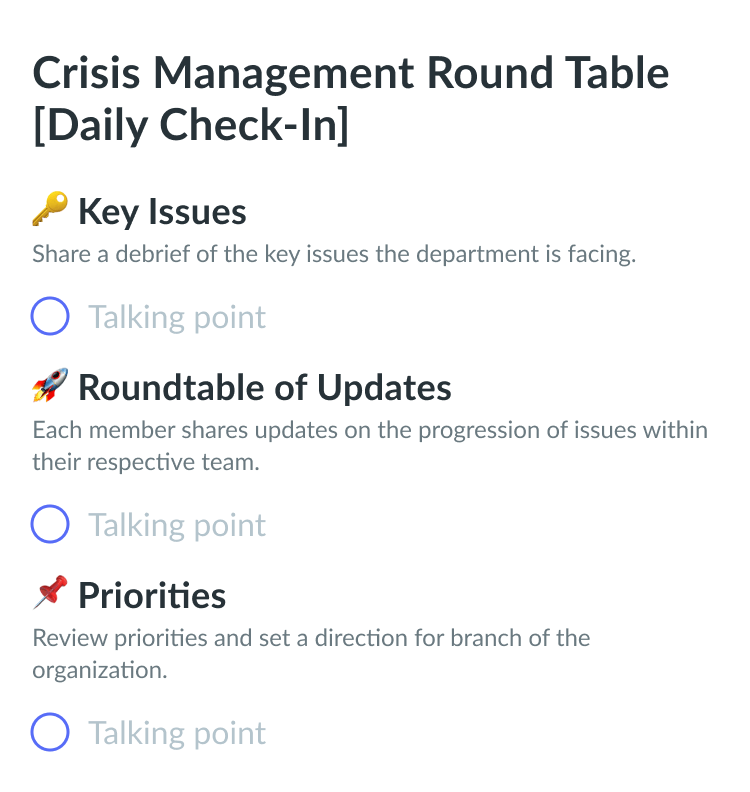
No plan, no peace
You arrive at the office on a Friday morning and immediately realize that your biggest fear has come true. There was a data breach on your website and all of your customers’ personal information was leaked to a hacker. Thank goodness you developed a crisis management team and plan when you did! Before you’ve had the chance to process the situation, you’ve notified your employees, called your organization’s legal team, and had your communications team release a pre-written statement across the company’s social media channels. It’s a bad situation, but it could have been much worse had you not been ready for it.
To be prepared is half the victory. No one wants to believe that a crisis will occur on their watch. Unfortunately, avoiding the topic of workplace disasters will only lead to challenges in the long run. If you develop a crisis management plan, you’re already winning!

![A Guide to Planning for Crisis Communication [+ Examples]](https://fellow.app/wp-content/uploads/2023/06/crisis-communication2.jpg)
![How to Win an Argument at Work [+ Free Template]](https://fellow.app/wp-content/uploads/2022/06/How-to-Win-an-Argument-at-Work-2.jpg)


![Asynchronous Work: 7 Tips for Your Team [+ Free Template]](https://fellow.app/wp-content/uploads/2023/11/asynchronous-work-2.jpg)


![After Action Reviews: 7 Best Practices [+ Free Template]](https://fellow.app/wp-content/uploads/2023/02/After-Action-Reviews.jpg)



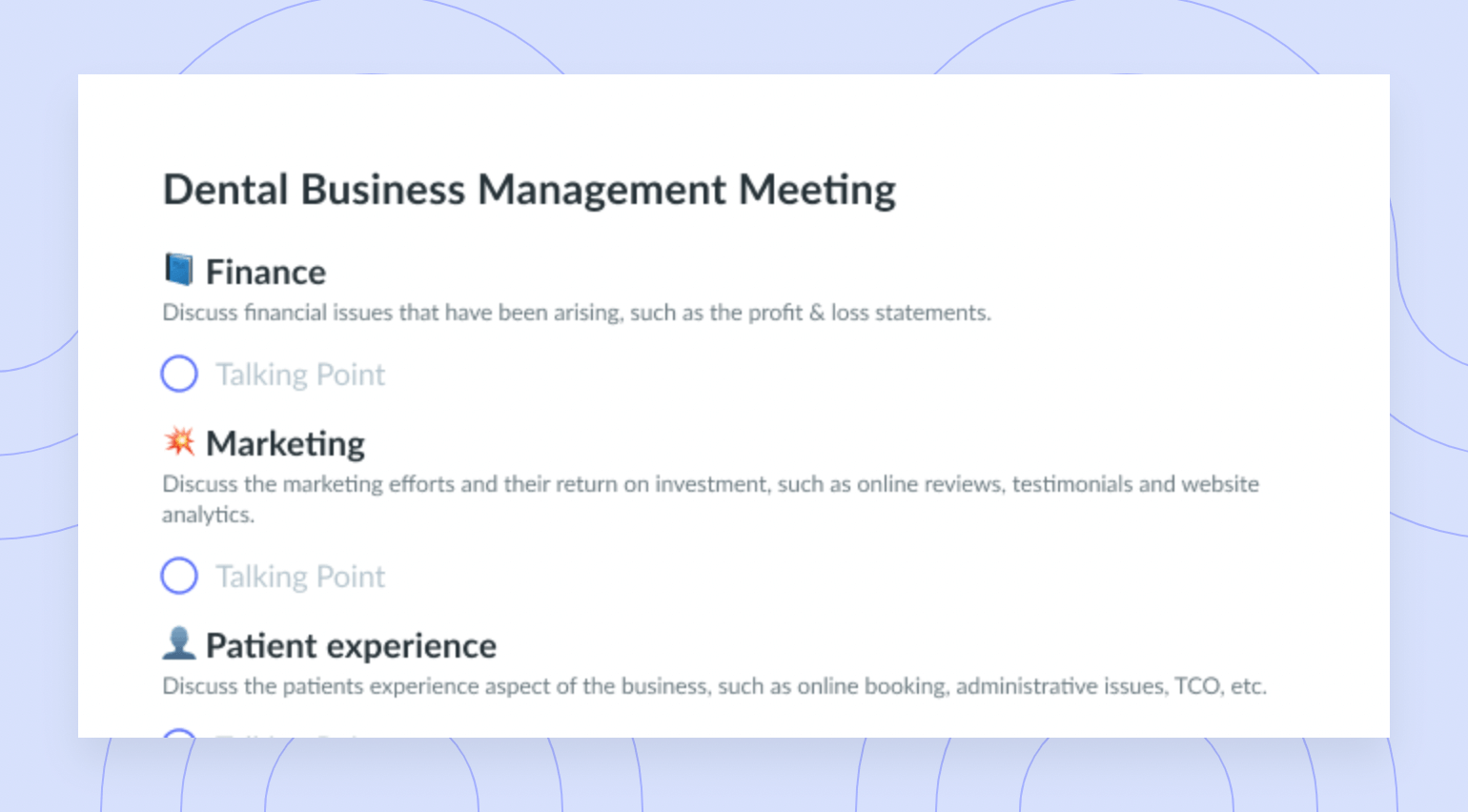
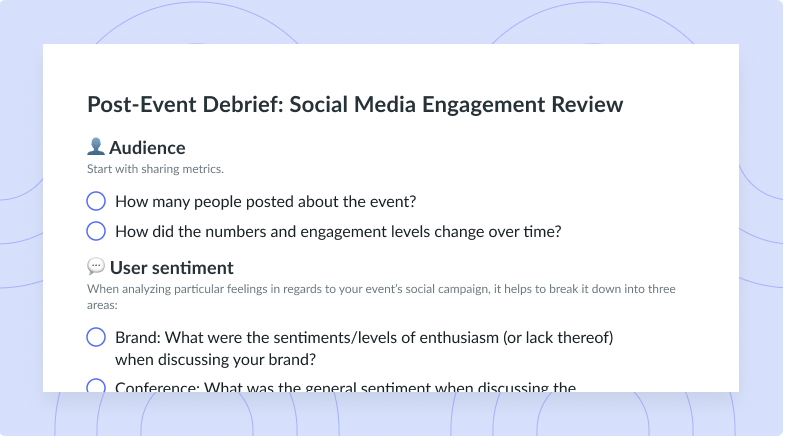
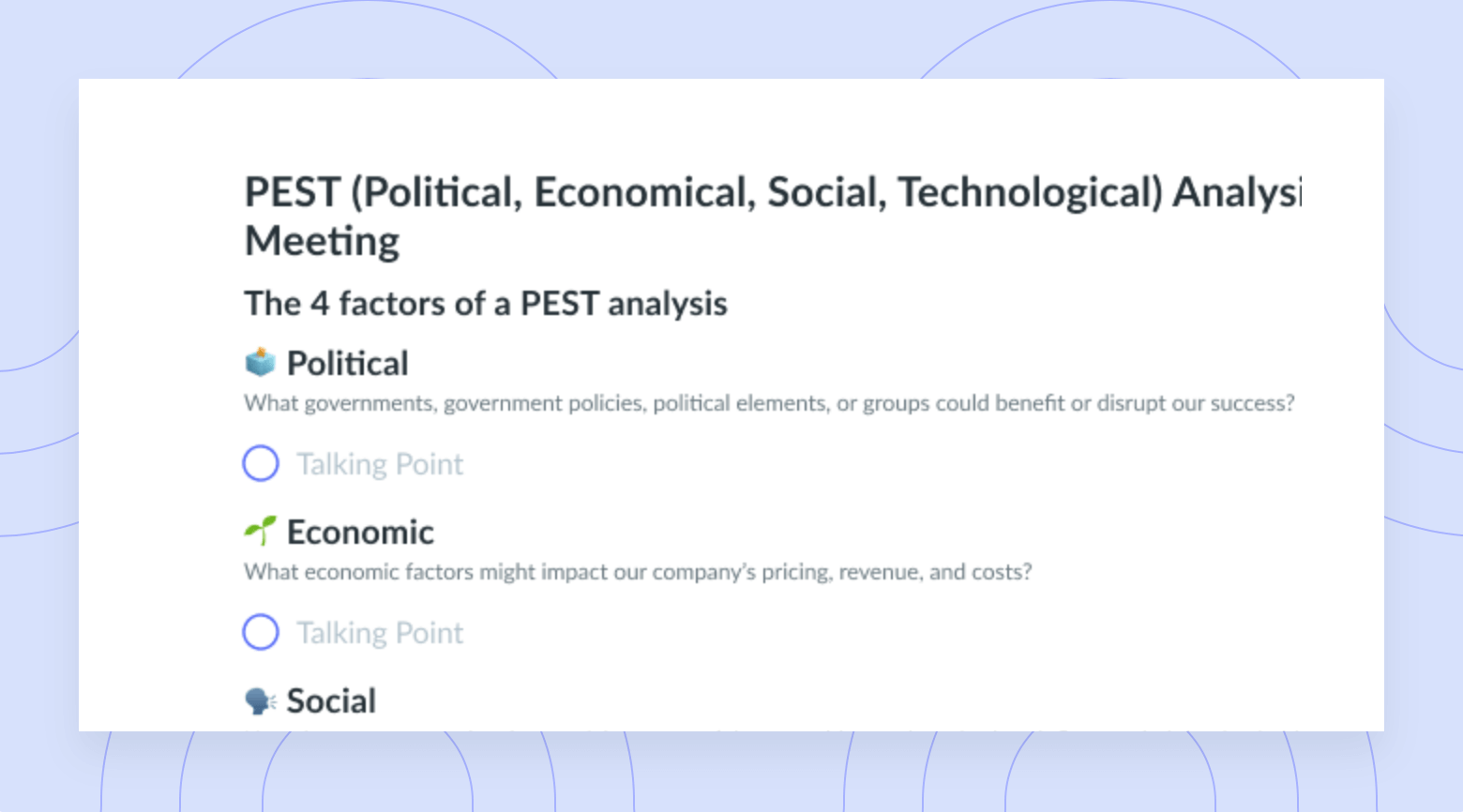


![Crisis Management Round Table [Daily Check-In] Template](https://fellow.app/wp-content/uploads/2021/09/Crisis-Management-Round-Table-Daily-Check-In-preview.png)
